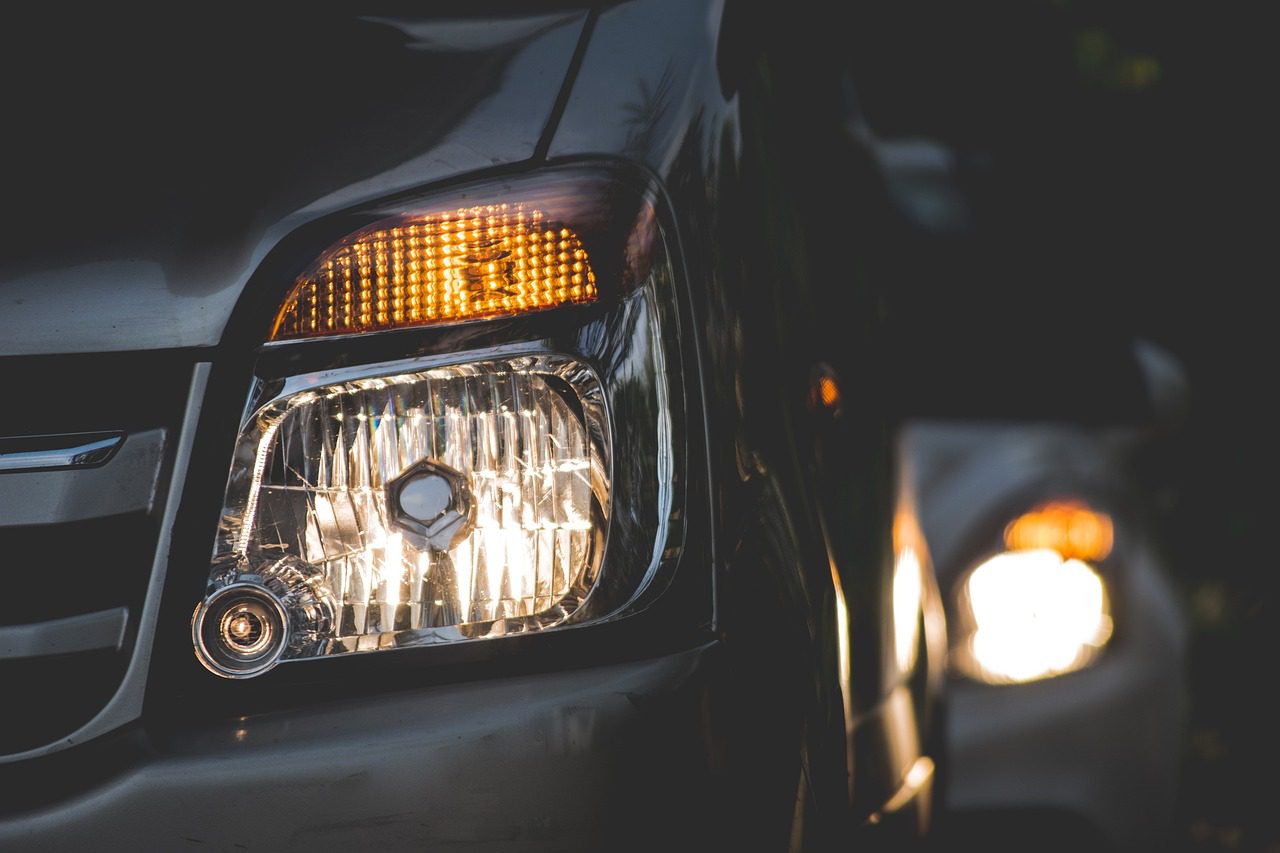A car is a complicated machine, in which hundreds of different components work in harmony to get you from one place to the next. Among the most important of these items are the lights on the exterior of your vehicle, which serve a number of critical functions. With their help, you’ll be able to keep yourself, and other drivers, as safe as possible.
Following the Law
As with any other area of motoring, you’ll want to ensure that you’re following the law. The Highway Code specifies several requirements. Among the most important of these is that you should use your headlights at night – though there’s an exception if you’re driving on a street with plenty of lighting. In general, it’s best to tend on the side of caution: practically everyone turns their lights on at night. The code even offers a definition of ‘night’, as the period that starts half an hour after sunset and ends half an hour before sunrise.
While the Highway Code and the law aren’t the same things, the Code is often used as evidence whenever traffic collisions are being prosecuted. In other words, if you’re on the wrong side of the code, you might find that you’re legally liable.
If your lights fail, then you’ll need to get them replaced. This is something that will be covered by your MOT.
Different types of light
There are a number of different kinds of light attached to the exterior of your vehicle, each of which performs a slightly different function.
Headlights are the main lights that keep the road in front of you illuminated. Headlights can be ‘dipped’ or ‘high beam’. The latter will offer more visibility of the road in front of you, but you’ll also blind the oncoming driver. So, stick to dipped unless you’re sure there’s nothing coming.
Parking lights, or sidelights, are a super-dim version of the headlight that you can leave on while parked to make sure that you’ve visible when you’re pulled up.
Fog lights are designed for use during thick fog. Use these when you can see less than a hundred meters in front of you – that’s about the length of a football pitch. Don’t use them in other conditions, as they are super bright!
Finally, there are hazard warnings and brake lights. These are orange and red lights, respectively, which tell other drivers when you’re stopping, turning, or that something’s wrong. Your hazards might turn on automatically when you perform an emergency stop.
Getting the right bulb
You can check your vehicle’s manual to determine which bulbs you need. If it’s not listed, then you can take your bulb out and have a look. Look for the tiny markings on the metal section – they’ll tell you which model to shop for.
Changing bulbs
Actually replacing bulbs is quite straightforward, though the exact procedure might vary from car to car. Make sure that you’ve powered down the vehicle before opening the hood and disconnecting the wires. Then, unscrew the light in question and replace it.





























